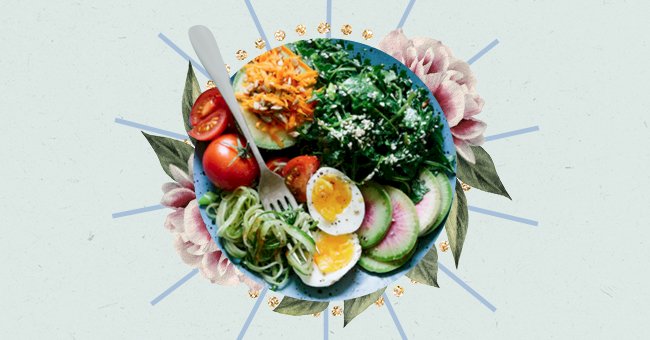
A Guide To The Flexitarian Diet
Primarily plant-based diets have become so popular that there is a name for this way of eating. You no longer have to go vegan or vegetarian full time to get your plant-based food fix.
Many diets require a commitment that many people aren’t willing to deal with for life. This non-commitment results in various diet cheat meals, relapses, thus causing one to go back and forth with fluctuating weight.
Fortunately, there’s an option that requires very little change and commitment from one’s typical balanced diet. Read more to discover the flexitarian diet’s ins and outs and see whether it could work for you.
What Is The Flexitarian Diet

Eugene on Unsplash
A flexitarian diet, also known as a lazy vegetarian or semi-vegetarian diet, is relatively self-explanatory. People who follow this diet mainly follow a plant-based eating plan and eat some animal products sometimes.
“you’re being flexible with primarily focusing on plant-based foods but with small amounts of mindfully chosen animal products,”
Says Nutritionist Jessica Cording

Brooke Lark on Unsplash
The flexibility of following a more flexible plant-based diet improves the odds of sticking to an eating plan. Flexitarianism is also a fantastic way to introduce an entirely plant-based diet in your lifestyle slowly.
Nutritionists have encouraged a majority plant-based diet for years, making this a significant step towards better health. Cutting down on meat and animal products is also excellent for reducing your carbon footprint.
What You Should Eat On This Diet

Maddi Bazzocco on Unsplash
Although the flexitarian diet encourages plant-based food consumption, nothing is really off-limits. You can treat yourself to a steak at a Barbeque and get back to your plant-based eating the next day.
The flexitarian diet is mostly about what foods you should be eating more instead of what you should cut out. There’s an emphasis on whole plant-based foods while limiting animal products and minimizing processed plant food.

Andrei on Unsplash
It’s essential to keep your diet balanced with proteins like lentils and legumes, fruits, nuts, herbs, and vegetables. It’s also advised to switch to plant-based milk alternatives like oat or unsweetened almond milk.
When incorporating animal products, you should try wild-caught, free-range, and pasture-fed products. Processed meats like bacon, bologna aren’t recommended as well as other processed, unhealthy foods.
Flexitarian Benefits

Photo by Huba Inc. on Unsplash
There currently is no concrete evidence to show the actual effects of flexitarianism since it is so flexible. However, there’s research that shows the benefits of reducing meat consumption and increasing plant-based foods.
One of the benefits of being a flexitarian is staying full for longer due to the high fiber intake. This benefit can reduce your calorie intake, thus resulting in better weight management and possible weight loss.

FOODISM360 on Unsplash
Other benefits include lower blood pressure, reduced risk of heart disease, and lower risk for type 2 diabetes. A flexitarian diet is a perfect compromise for those who want plant-based diet benefits and a meaty treat occasionally.